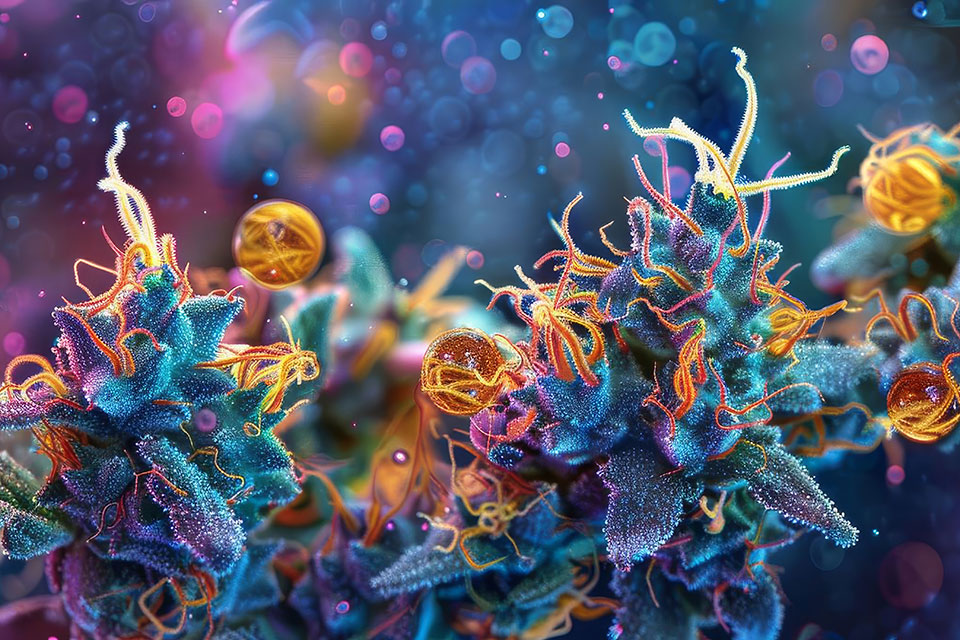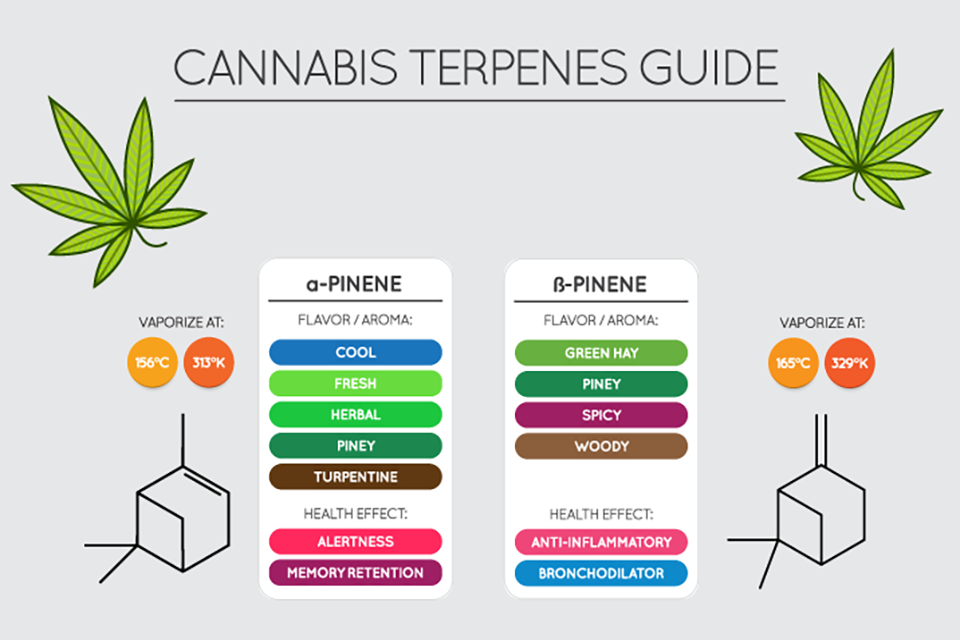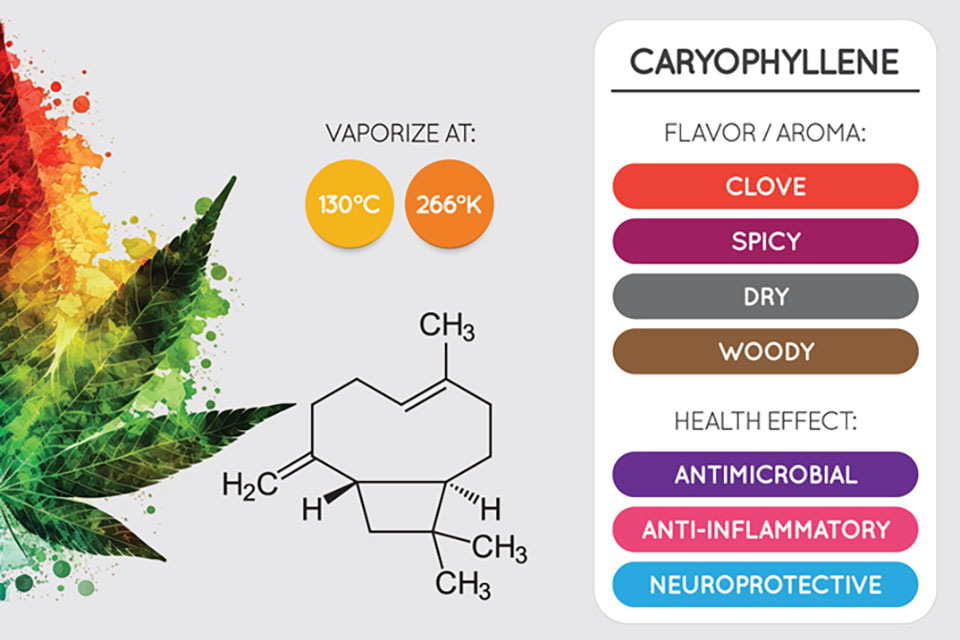
Terpenes shape the scent, flavor, and experience of every cannabis strain, and Nerolidol stands out as one of the most intriguing. This versatile sesquiterpene is known for its floral, woody aroma and subtle sedative effects, which are found in many cannabis varieties grown across the USA and Canada. Understanding the benefits of specific terpenes like Nerolidol for new and aspiring growers can help shape cultivation goals and consumer appeal.
Explore Cannabis terpenes: Nerolidol—a versatile sesquiterpene, from its natural role in the plant to its therapeutic potential and how growers can enhance its presence through careful cultivation practices.
What Are Terpenes in Cannabis?
Terpenes are aromatic compounds in cannabis that influence each strain’s scent, flavor, and effects. While THC and CBD get most of the attention, terpenes shape the overall experience and play a crucial role in how cannabis interacts with the body.
For cannabis growers, terpenes offer more than aroma—they provide insight into a plant’s genetics, health, and consumer appeal. Understanding terpene content can guide everything from strain selection to harvest timing.
Typical roles of terpenes in cannabis include:
- Aroma and flavor profiles: Limonene gives citrus notes, while myrcene adds an earthy musk.
- Environmental defense: Terpenes help deter pests and fight pathogens.
- Synergy with cannabinoids: The “entourage effect” enhances therapeutic outcomes.
- Cultivation cues: Terpene changes can signal peak maturity.
Growers who prioritize terpene expression can better tailor their crops to meet the needs of modern consumers looking for more than just potency.
What Is Nerolidol?
Nerolidol is a sesquiterpene found in many cannabis strains. It is known for its delicate scent that blends floral, woody, and slightly citrusy notes. It occurs naturally in cannabis and plants like jasmine, lemongrass, tea tree, and ginger. It contributes to both aroma and therapeutic effects in cannabis.
As a sesquiterpene, Nerolidol is heavier and more stable than monoterpenes, which tend to stay longer during curing and storage. This makes it especially valuable to growers who want to retain terpene content in the final product.
Nerolidol is typically present in moderate to low concentrations in cannabis flowers, but even small amounts can influence a strain’s character. Its presence may hint at calming, soothing properties—traits often appreciated in indica-leaning or hybrid strains.
Growers interested in terpene-rich plants should understand how Nerolidol fits into the broader terpene profile and how to preserve it through proper cultivation and processing.
Benefits of Nerolidol in Cannabis Flowers
Nerolidol brings more to cannabis than a pleasant aroma. Its presence in the flower contributes to sensory appeal and therapeutic potential, making it a sought-after terpene among consumers and growers alike.
From a user experience perspective, Nerolidol adds a delicate layer of floral and woody notes that can soften or round out sharper terpenes like limonene or pinene. This aromatic balance helps create strains with a more relaxing profile, often favored for evening or wellness use.
Therapeutic Potential of Nerolidol
Nerolidol may offer a range of calming effects. Some research suggests it has sedative, antifungal, and anti-inflammatory properties, making it a potential contributor to cannabis’s therapeutic profile. Its ability to help other compounds pass through the skin and blood-brain barrier makes it valuable in topical or infused applications.
Study Claims Nerolidol Can Help with Parkinsons Disease
A study in 2016 found that nerolidol can be helpful in dealing Parkinson Disease. The conclusion was that “the neuroprotective effect of nerolidol is mediated through its anti-oxidant and anti-inflammatory activities, which strongly supports its therapeutic potential for the treatment of Parkinsons Disease.”
Impact on Plant Health and Growth
For growers, Nerolidol can serve as a natural defense mechanism. Studies have shown it may deter insects and limit fungal growth, offering mild protection against some common cannabis threats. A terpene-rich plant, including those high in Nerolidol, often shows greater environmental resilience, particularly when grown with organic methods.
How to Enhance Nerolidol in Cannabis Cultivation
If you’re aiming to grow cannabis with rich Nerolidol content, focus on techniques that support terpene production across the plant’s life cycle. While genetics lays the foundation, environmental conditions and cultivation methods can significantly influence terpene levels.
To encourage higher Nerolidol production:
- Choose the right strain – Start with cultivars that contain Nerolidol, such as Skywalker OG, Jack Herer, or Island Sweet Skunk.
- Use organic soil – Living soil ecosystems support terpene expression better than synthetic nutrient systems.
- Optimize light exposure – Full-spectrum LED lighting mimics natural sunlight, promoting terpene development in flowering stages.
- Avoid excessive nutrients – Overfeeding can reduce aromatic compounds; a balanced nutrient schedule helps preserve terpene integrity.
- Stress strategically – Low-stress training (LST) and defoliation can slightly stress the plant to trigger terpene production, but overdoing it may reduce yields.
Focusing on these strategies can help growers enhance Nerolidol content, offering a product that stands out for its unique aromatic and therapeutic qualities.
Elevate Your Grow with Nerolidol’s Unique Benefits
Nerolidol offers more than just a pleasant aroma. This terpene contributes to the therapeutic potential, flavor depth, and resilience of your cannabis plants. From floral and herbal notes to possible calming effects, Nerolidol enhances the user experience and the plant’s natural defenses.
For growers in the USA and Canada, paying attention to terpenes like Nerolidol isn’t just about smell—it’s a way to elevate the quality of every harvest. Choose the right genetics, dial in your environment, and watch your grow reach its full potential.
For more on this check out these other articles on Pinene, Terpenes Guide, Humulene and Caryophyllene.



